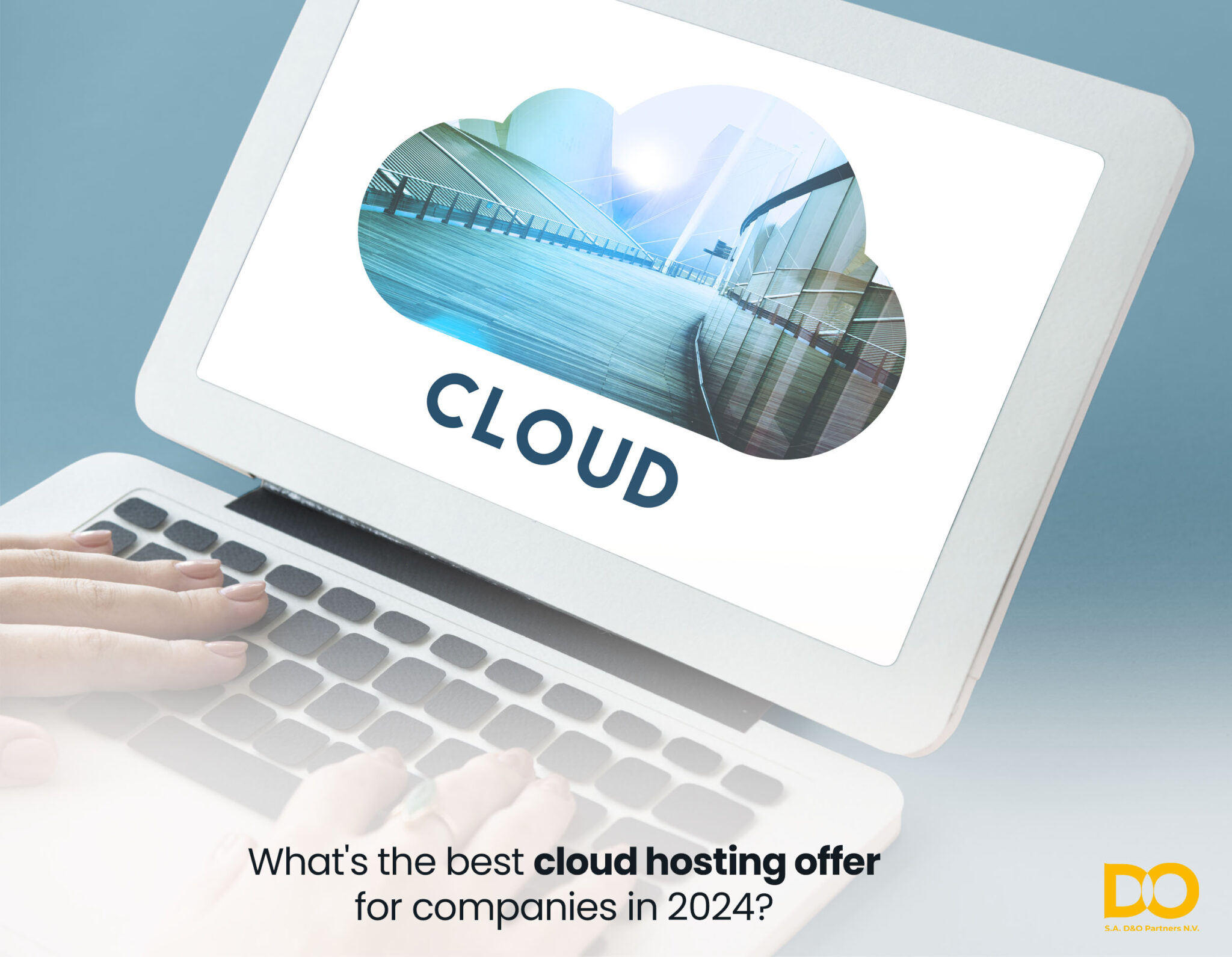You’ve probably faced the problem of cloud hosting. Which one should you choose? Is it easy to deal with so that your teams can get used to it without much effort? A lot of additional questions and issues arise for business and IT managers.
As a representative of Xerox Belgium and SMEs, we feel obliged to tell you about the different cloud hosting solutions available on the market. Our machines run on them all, but we know how difficult it is to make such an important strategic service and choice for a business. That’s why here we compare clouds AWS (Amazon Web Services), Microsoft Azure and Google Cloud Platform (GCP), the three most widely used tools today.
The advantages of cloud solutions include delegating infrastructure management, lower costs, access to a secure network and adaptability without physical modifications.
Regions and zones: how does cloud hosting manage server infrastructure?
To explain the principle: these are centers where your data are stored. There are many of them, for reasons of speed and security. The resources deployed are used to improve performance. These regions and zones guarantee reliable and fast access to your data.
- AWS has 33 geographic regions and 105 zones available
- Azure (Microsoft) has 74 regions around the world, but does not disclose the exact number of zones. It is currently the largest hosting service in the world.
- Google Cloud Platform operates in 37 regions worldwide, with 112 zones available. Google offers the Google Tier Network, which allows users to work on the private network and optimizes network performance and reliability.
Why is this important? This information allows you to see the reach of each provider. It also allows you to check the availability and resilience of hosting infrastructures. Even if they want to guarantee performance, it’s better to be nearby. The closest cloud hosting providers for Belgium are in Germany, the Netherlands and France.
The price of different Cloud hosting providers on the market in 2024
It’s a tricky question. And we’ll give you the same answer as any self-respecting marketer: the price depends.
All three provide a pay-as-you-go model. The minimum cost (for a service with 2 CPUs and 8 GB of RAM) is around $70 for AWS ($69) and Azure ($70), and $52 per month for Google Cloud. Remember, all platforms reward loyalty with promotions of up to 72% for Azure and AWS, and 70% for Google Cloud. Cloud technologies are priced fairly equally, but what you need to watch out for is the increase in the base fee, which can become very large very quickly if you add users or servers or want to push the tool further. You should always ask yourself whether the extra cost is worth it for the added functionality and whether your current network infrastructure can handle this expansion. In doing so, also take into account when promotions are in effect or expiring so you can easily plan.a
The user console: a management tool for cloud hosting
The purpose of user consoles is to make cloud hosting more user-friendly. However, AWS offers a more comprehensive service that leaves room for customization, making it slightly more complicated but flexible. Azure is obviously very intuitive and we know it is heavily focused on compatibility with Office 365 tools, giving it a slight edge over its competitors as the most popular tool. All consoles can be used to manage infrastructure costs, but Google provides the greatest ease of use.
Did you know. We are one of the only brands that offer Single Sign-On
Our representatives are familiar with the following schedule:
- Do you use cloud hosting? Yes, we switched after COVID.
- And is your printer connected to your cloud? Yes, we have connectors provided by One Drive Microsoft, Sharepoint, Microsoft 365, Google Drive, Amazon WorkDocs and Dropdox….
- Every user has to log in every time, right? Yes, of course. You have to enter your login and password.
It’s a dialogue that used to amaze IT managers. We are one of the only brands that provide Single Sign-On (SSO) access. It’s a bit like using a phone, where you don’t have to enter your password every time, but your equipment connects directly using something like your face or, in Xerox’s case, a badge or QR code.
And what about the connectivity between Xerox machines and the various Cloud hosts?
The function of a connector is to establish communication between the Xerox and the computer. Returning to our connectivity to Cloud systems for organizations, Xerox offers ConnectKey Technology, an assistant for connecting and communicating with the Cloud.
Once connected, your teams can choose to print from OneDrive, Google Drive or Dropbox, which saves significant time and can work in your favor. The reverse is also possible: your team can scan to an additional dedicated folder in the Cloud. All of these applications are hosted on the systems described above.
Xerox connectivity with Azure cloud hosting
Azure integration is the one Xerox works with the most. In fact, our Xerox Workplace cloud solution is hosted on Azure server. We will do an extensive article on this soon. They are the market leader and our printers fit very well with the hosting that Microsoft offers. Xerox also has applications such as SharePoint Online and because Azure integrates best with the Office 365 Suite, you can easily print from licenses such as Word or PowerPoint.
Microsoft also offers Azure Active Directory. This service simplifies access management by implementing user authentication in line with company security policies.
Xerox connectivity with AWS cloud hosting
For AWS, there is no direct interaction with printers. This is due to the nature of the platform, which was originally created for e-commerce. However, thanks to the power and security of AWS, your business can run server and cloud functions that are compatible with Xerox printers. This includes DocuShare, a platform based on Xerox ConnectKey technology. For cloud-based solutions, this means configuring settings through an online interface and having secure and stable network connections and servers. It is now possible to integrate existing solutions such as ERP and CRM on this system. We also have a feature in collaboration with ERP and CRM systems such as iManage (mainly used by our law clients) and Salesforce, which allows these applications to be connected directly from Xerox.
Xerox connectivity with Google Cloud hosting
We also have a connector compatible with Google Drive, Google’s way of sharing documents. The Google Cloud protocol can be used by printers to integrate Google Docs and Google Drive. By using these applications, your teams can quickly print this or scan directly to it.
Our devices are also compatible with connectors to specific applications. Salesforce CRM, for example, can handle your printing from the machine. You can easily navigate through the program’s menus on the touch screen and print the documents stored there. A CRM is a program designed for businesses to effectively manage their customer relationships.
This includes the iManage application that is compatible with Xerox machines. It is the application of choice for legal professions. You can collaborate and share documents securely. Xerox has integrated its connector to provide access to a highly secure and reliable system all the way to the printer. This itself is possible with the same performances as a local server.
If we had to summarize, we would probably point you in the direction of the Azure cloud offering, which we think is currently the most developed, but we also think the other hosting offerings are still very good alternatives to make your workspace available wherever you are. Each offering has its advantages and this without a local server.

